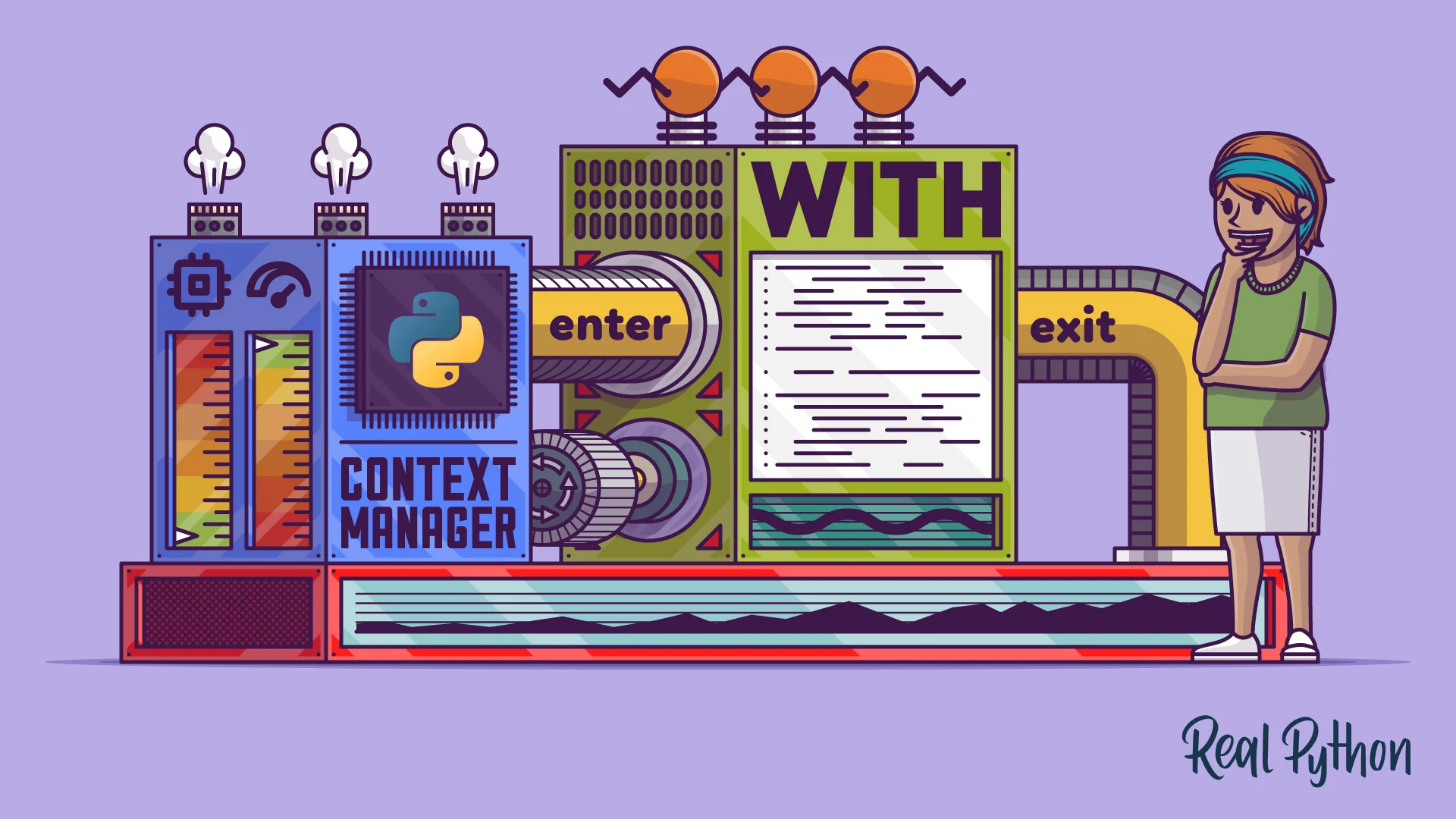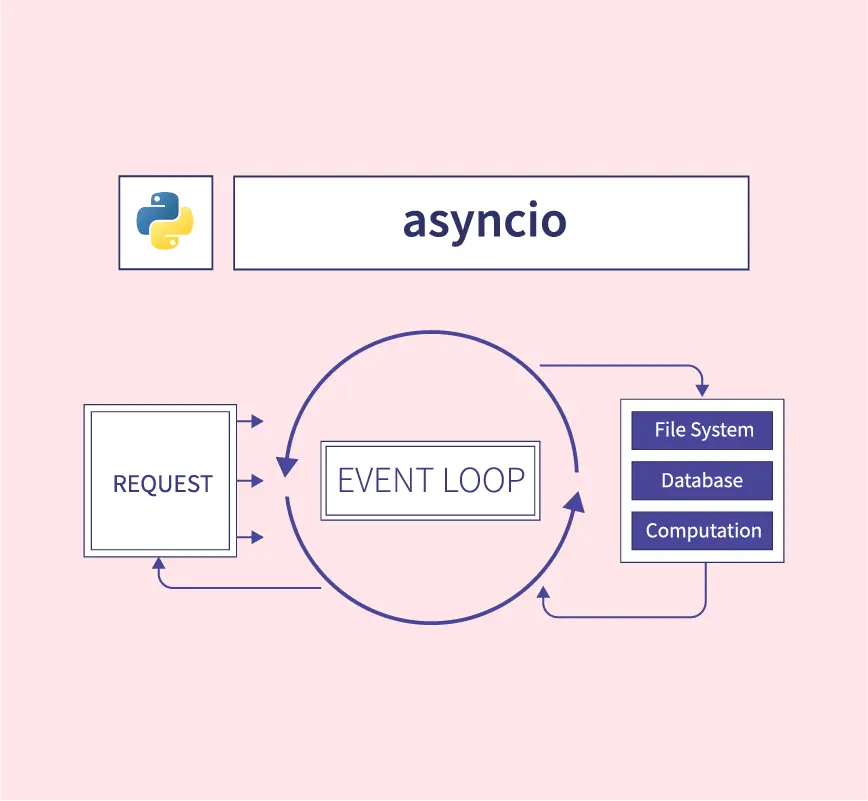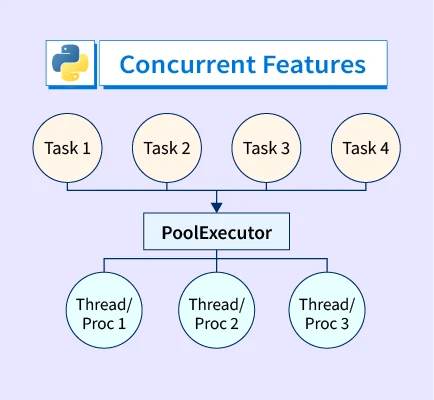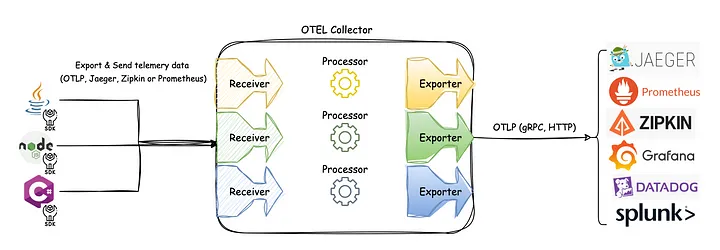基础
协程是实现并发编程 的一种方式
多线程 /多进程 模型,是解决并发问题的经典模式
Nginx Event loop
启动一个统一 的调度器,让调度器来决定 一个时刻去运行哪个任务
节省了多线程中启动线程 、管理线程 、同步锁 等各种开销
相比于 Apache,用更低的资源支持更多的并发连接
Callback hell - JavaScript
继承了 Event loop 的优越性,同时还提供 async / await 语法糖,解决了执行性 和可读性 共存的难题
协程 开始崭露头角,尝试使用 Node.js 实现后端
Python 3.7 提供基于 asyncio 的 async / await 方法
同步
简单实现
1 2 3 4 5 6 7 8 9 10 11 12 13 14 15 16 import timedef crawl_page (url ): print ('crawling {}' .format (url)) sleep_time = int (url.split('_' )[-1 ]) time.sleep(sleep_time) print ('OK {}' .format (url)) def main (urls ): for url in urls: crawl_page(url) main(['url_1' , 'url_2' , 'url_3' , 'url_4' ])
async / await - 用异步 接口实现了同步
1 2 3 4 5 6 7 8 9 10 11 12 13 14 15 16 17 18 import asyncioasync def crawl_page (url ): print ('crawling {}' .format (url)) sleep_time = int (url.split('_' )[-1 ]) await asyncio.sleep(sleep_time) print ('OK {}' .format (url)) async def main (urls ): for url in urls: c = crawl_page(url) print (type (c)) await c asyncio.run(main(['url_1' , 'url_2' , 'url_3' , 'url_4' ]))
asyncio - 包含了大部分实现协程所需的魔法工具async - 声明异步函数
调用异步函数 ,可以得到一个协程对象 (coroutine object)
协程执行
通过 await 调用
与 Python 正常执行是一样的,即程序会阻塞 在这里
进入被调用的协程函数,执行完毕后再继续
asyncio.create_task - 创建任务asyncio.run 触发运行
从 Python 3.7 引入,简化 Python 协程编程 ,不必理会 Event loop 的定义和使用
编码规范 - asyncio.run(main()) 作为主程序的入口函数 ,在程序运行周期内,只调用一次 asyncio.run
并发
asyncio.create_task
1 2 3 4 5 6 7 8 9 10 11 12 13 14 15 16 17 import asyncioasync def crawl_page (url ): print ('crawling {}' .format (url)) sleep_time = int (url.split('_' )[-1 ]) await asyncio.sleep(sleep_time) print ('OK {}' .format (url)) async def main (urls ): tasks = [asyncio.create_task(crawl_page(url)) for url in urls] for task in tasks: await task asyncio.run(main(['url_1' , 'url_2' , 'url_3' , 'url_4' ]))
asyncio.gather
1 2 3 4 5 6 7 8 9 10 11 12 13 14 15 16 import asyncioasync def crawl_page (url ): print ('crawling {}' .format (url)) sleep_time = int (url.split('_' )[-1 ]) await asyncio.sleep(sleep_time) print ('OK {}' .format (url)) async def main (urls ): tasks = [asyncio.create_task(crawl_page(url)) for url in urls] await asyncio.gather(*tasks) asyncio.run(main(['url_1' , 'url_2' , 'url_3' , 'url_4' ]))
*tasks 为解包列表 ,将列表 变成函数的参数 **dict 为解包字典 ,将字典变成函数的参数
协程运行时 1 2 3 4 5 6 7 8 9 10 11 12 13 14 15 16 17 18 19 20 21 22 23 24 25 26 27 28 29 30 31 32 33 import asyncioasync def worker_1 (): print ('worker_1 start' ) await asyncio.sleep(1 ) print ('worker_1 done' ) async def worker_2 (): print ('worker_2 start' ) await asyncio.sleep(2 ) print ('worker_2 done' ) async def main (): print ('before await' ) await worker_1() print ('awaited worker_1' ) await worker_2() print ('awaited worker_2' ) asyncio.run(main())
1 2 3 4 5 6 7 8 9 10 11 12 13 14 15 16 17 18 19 20 21 22 23 24 25 26 27 28 29 30 31 32 33 34 35 import asyncioasync def worker_1 (): print ('worker_1 start' ) await asyncio.sleep(1 ) print ('worker_1 done' ) async def worker_2 (): print ('worker_2 start' ) await asyncio.sleep(2 ) print ('worker_2 done' ) async def main (): task1 = asyncio.create_task(worker_1()) task2 = asyncio.create_task(worker_2()) print ('before await' ) await task1 print ('awaited worker_1' ) await task2 print ('awaited worker_2' ) asyncio.run(main())
详细过程
asyncio.run(main()) - 程序进入 main() 函数,事件循环 开启asyncio.create_task - task1 和 task2 被创建,进入事件循环,等待运行 await task1
用户选择从当前的主任务 切出,事件调度器 开始调度 worker_1
worker_1 开始运行,直到运行到 await asyncio.sleep(1),从当前任务切出
事件调度器开始调度 worker_2
worker_2 开始运行,直到运行到 await asyncio.sleep(2),从当前任务切出
所有事件的运行时间,都在 1ms ~ 10 ms 之间,此时,事件调度器暂停调度
1 秒后,worker_1 的 sleep 完成,事件调度器将控制权 重新传给 task1,在 task1 完成后,从事件循环 中退出
await task1 完成,事件调度器将控制权 传给主任务 ,然后主任务会在 await task2 继续等待2 秒后,worker_2 的 sleep 完成,事件调度器将控制权 重新传给 task2,在 task2 完成后,从事件循环 中退出
主任务输出 awaited worker_2,协程全任务 结束,事件循环结束
异常 + 超时限制
1 2 3 4 5 6 7 8 9 10 11 12 13 14 15 16 17 18 19 20 21 22 23 24 25 26 27 28 29 30 31 import asyncioasync def worker_1 (): await asyncio.sleep(1 ) return 1 async def worker_2 (): await asyncio.sleep(2 ) return 2 / 0 async def worker_3 (): await asyncio.sleep(3 ) return 3 async def main (): task_1 = asyncio.create_task(worker_1()) task_2 = asyncio.create_task(worker_2()) task_3 = asyncio.create_task(worker_3()) await asyncio.sleep(2 ) task_3.cancel() res = await asyncio.gather(task_1, task_2, task_3, return_exceptions=True ) print (res) asyncio.run(main())
return_exceptions=False - 错误会完整地抛出到执行层 ,需要 try except 捕捉其它还未被执行的任务 会被全部取消掉
生产者消费者 1 2 3 4 5 6 7 8 9 10 11 12 13 14 15 16 17 18 19 20 21 22 23 24 25 26 27 28 29 30 31 32 33 34 35 36 import asyncioimport randomasync def consumer (queue, identity ): while True : val = await queue.get() print ('{} get a val: {}' .format (identity, val)) await asyncio.sleep(1 ) async def producer (queue, identity ): for i in range (5 ): val = random.randint(1 , 10 ) await queue.put(val) print ('{} put a val: {}' .format (identity, val)) await asyncio.sleep(1 ) async def main (): queue = asyncio.Queue() consumer_1 = asyncio.create_task(consumer(queue, 'consumer_1' )) consumer_2 = asyncio.create_task(consumer(queue, 'consumer_2' )) producer_1 = asyncio.create_task(producer(queue, 'producer_1' )) producer_2 = asyncio.create_task(producer(queue, 'producer_2' )) await asyncio.sleep(10 ) consumer_1.cancel() consumer_2.cancel() await asyncio.gather(consumer_1, consumer_2, producer_1, producer_2, return_exceptions=True ) asyncio.run(main())
小结
协程 vs 线程
协程为单线程
协程由用户决定,在哪里交出控制权 ,切换到下一个任务
协程的写法更简洁清晰
async / await + create_task - 完全胜任中小级别的并发需求
需要深刻理解事件循环











